February 13, 2025
ANNOUNCEMENT
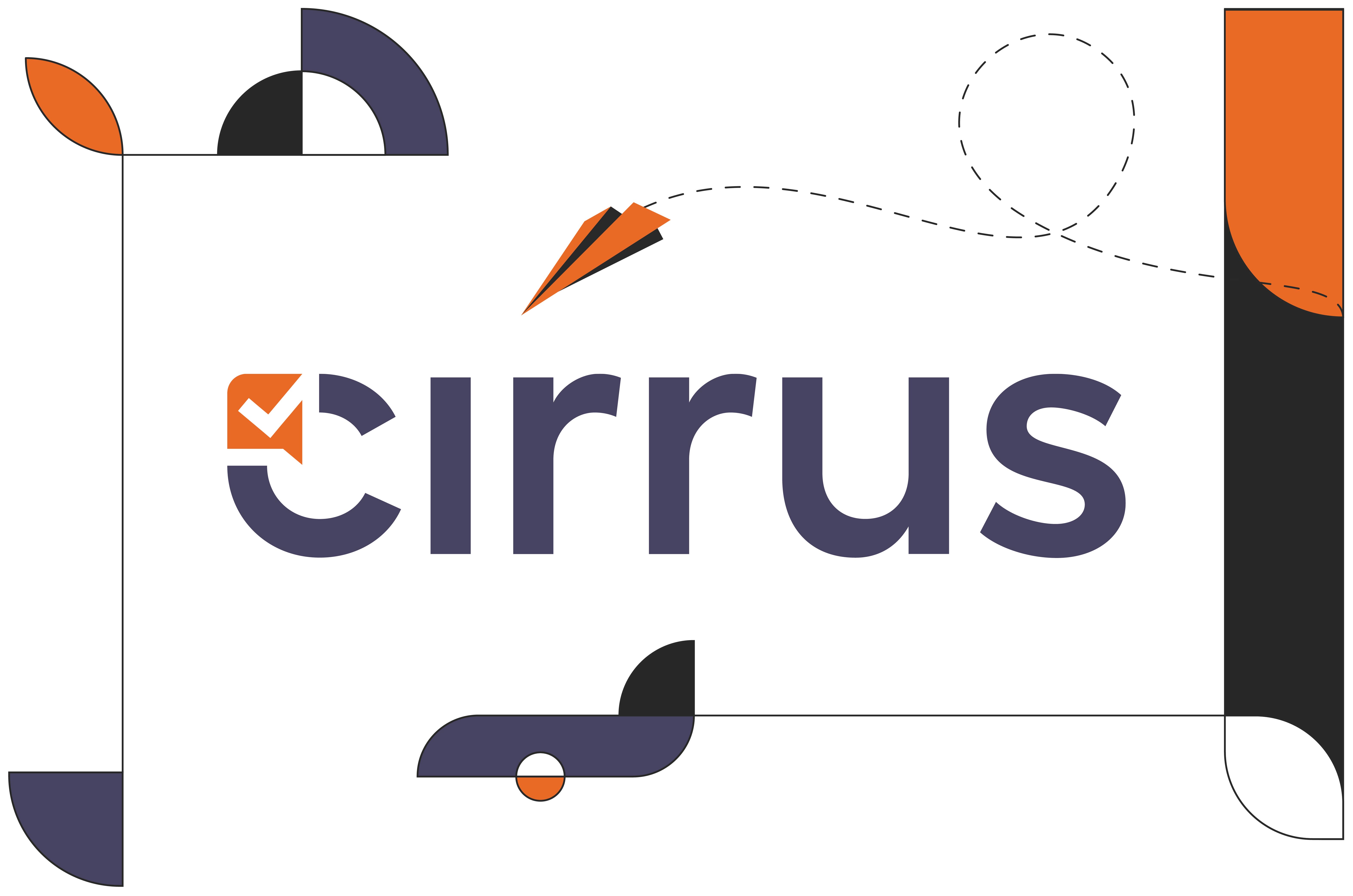
Cristina Gilbert, Cirrus AssessmentNovember 02, 2023
In the digital classroom, e-assessments and Learning Management Systems (LMS) clash like titans, each wielding its prowess in the arena of educational tech. While these two platforms may seem to intersect in functionality, they offer distinct experiences and benefits, especially when assessing student progress and performance.
There are many advantages of e-assessment systems, even compared to the testing solutions integrated with a traditional LMS. While LMSs have been cornerstone resources in online learning—providing course materials, facilitating discussions with learners and educators, and tracking grades—they often fall short in their testing modules, offering a more generalized and sometimes rigid, one-note approach to assessment. On the other hand, e-assessment tools are specifically designed to provide advanced, flexible, and diverse testing methodologies, which are becoming increasingly crucial for holistic education. Not to mention enhancing the integrity of online testing by offering advanced security features, ensuring a more trustworthy and reliable assessment environment from the outset.
A Learning Management System (LMS) is a digital platform that manages, delivers, and tracks educational courses and training programs. Born from the e-learning industry, LMSs have become a cornerstone in academic, awarding organizations, and corporate settings. They provide a structured space for educational content, including videos, documents, quizzes, and forums. These systems gained significance during the COVID-19 pandemic, which forced a surge in remote learning. Beyond content delivery, LMSs are sophisticated tools that identify learning gaps, evaluate learner performance with online exams, and boost engagement through automated course recommendations and interactive features.
While LMS software generally comes armed with an e-assessment aspect, it’s usually too basic and more meant for formative exams rather than summative, high-stakes exams. The limitations of traditional and LMS testing methods have paved the way for the rise of e-assessment platforms. E-assessments are not just about convenience; they're about leveraging technology to offer a more nuanced, personalized, and engaging testing experience.
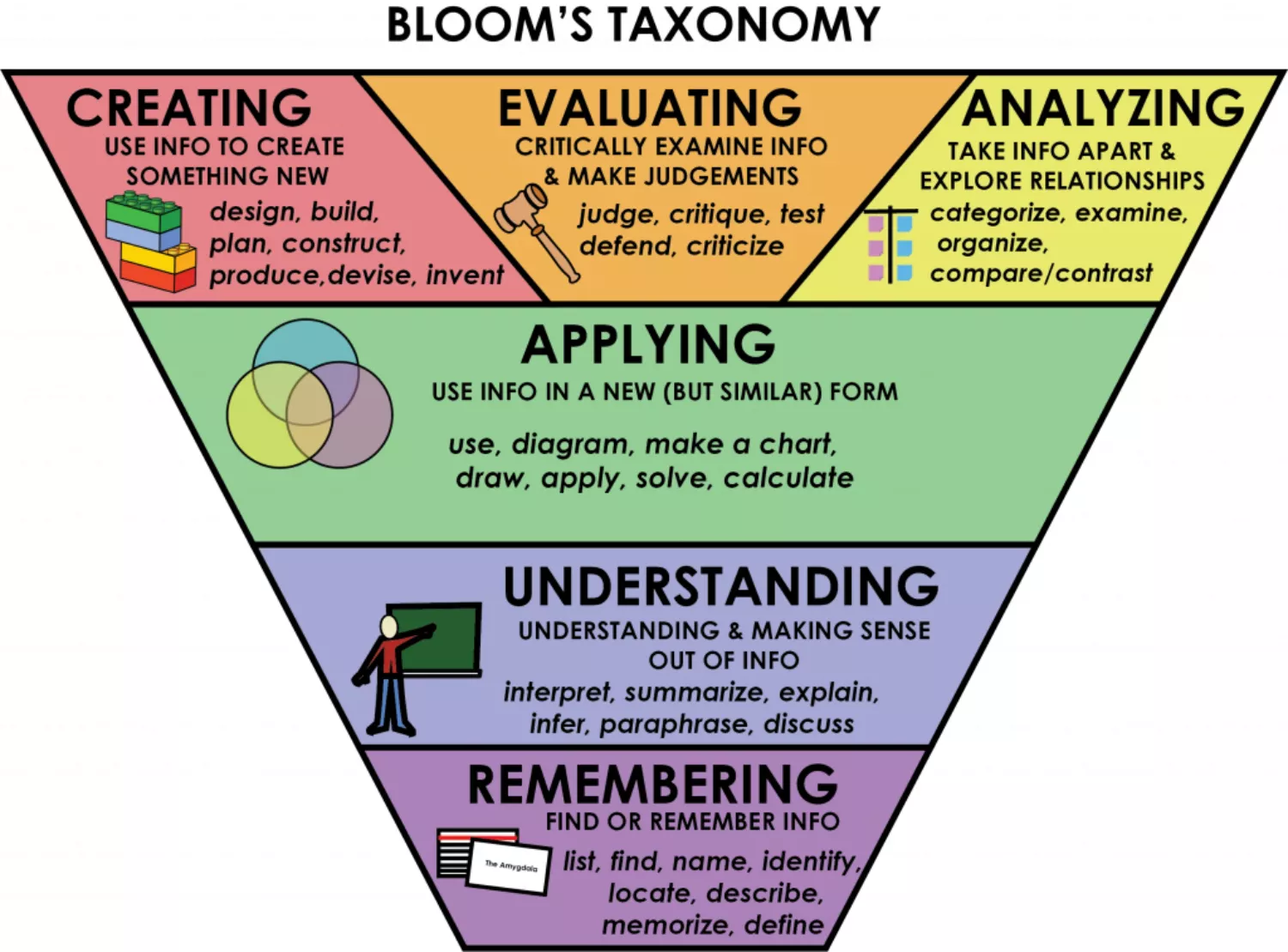 Rawia Inaim / Kwantlen Polytechnic University
Rawia Inaim / Kwantlen Polytechnic University
Shifting the lens to LMS, it's essential to recognise their foundational role in digital education. The LMS market, dominated by key players like Blackboard, Moodle, and Canvas, offers a centralised online course content location, providing class management tools, resource sharing, and basic assessments. However, the testing modules in many LMS platforms often lack the flexibility and diversity e-assessment tools boast.
Let's dive deep into this transformation and uncover the compelling reasons why e-assessment is more suited to perform in the exam arena over LMS:
Cheating Prevention: E-assessment tools come equipped with advanced integrity methods, such as lockdown browsers, copy/paste disabling, and LOFT 3.0 (stay tuned for our upcoming blog on this), ensuring the honesty of the test-taking process. This level of vigilance is something not all LMS platforms can boast. With the rise of ChatGPT and other AI methods that could be used to cheat, the focus on security couldn’t be any sharper, but luckily for educators, e-assesment software come armed to the teeth.
Proctoring tools: Proctoring safeguards exam integrity by locking down the browser to prevent unauthorized web access, monitoring behaviors with tools such as gaze and face detection, and even sweeps the web to see if your exam content has been leaked. Additionally, it records both video and audio of test-takers, ensuring they're not seeking external help or using unauthorized materials during the exam.
Key takeaway:With top-tier security and cheat-prevention measures, e-assessments uphold the sanctity of the learning and evaluation process
For example, AKAD University in Germany is able to not only provide correct/incorrect feedback, but they guide the test-taker as to why they got it wrong with detailed explanations.
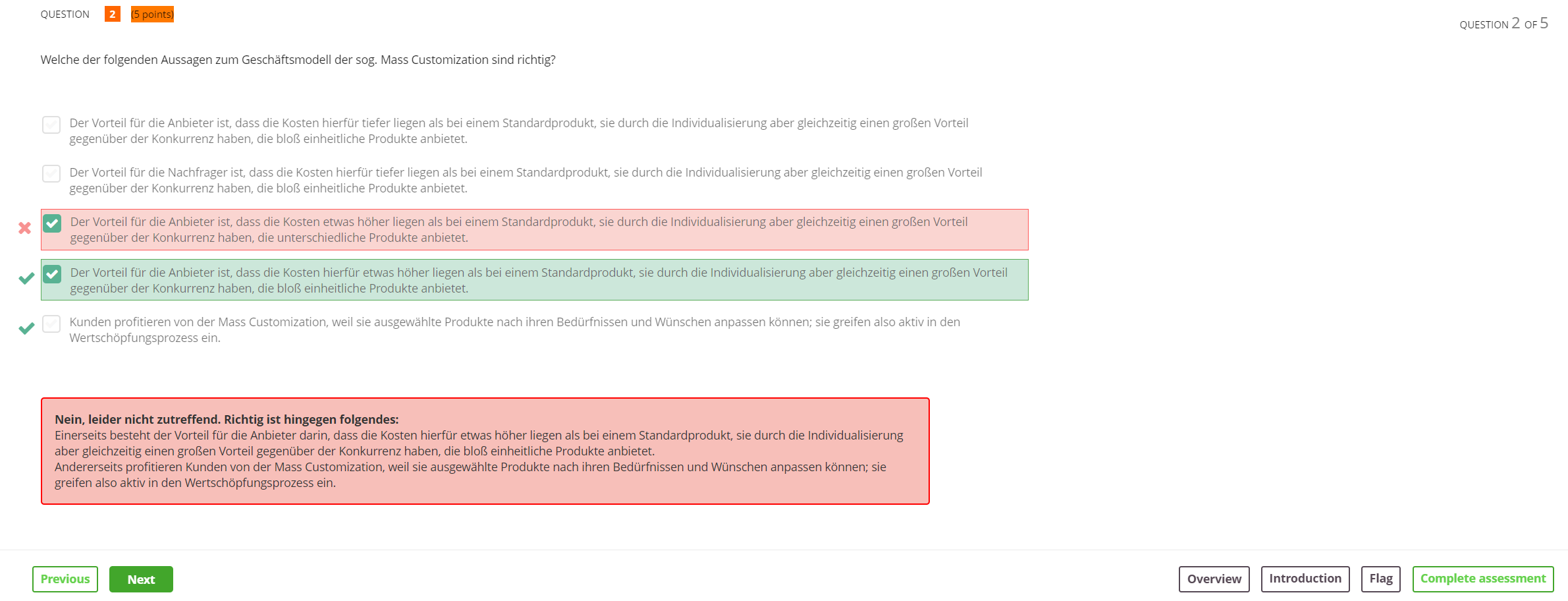
Even more incredibly, technology now exists that will take question types that couldn’t be accurately auto-scored and now allows them to be auto-scored, such as essay questions, giving test-takers the ability to have real time feedback on even the most high-stakes exams.
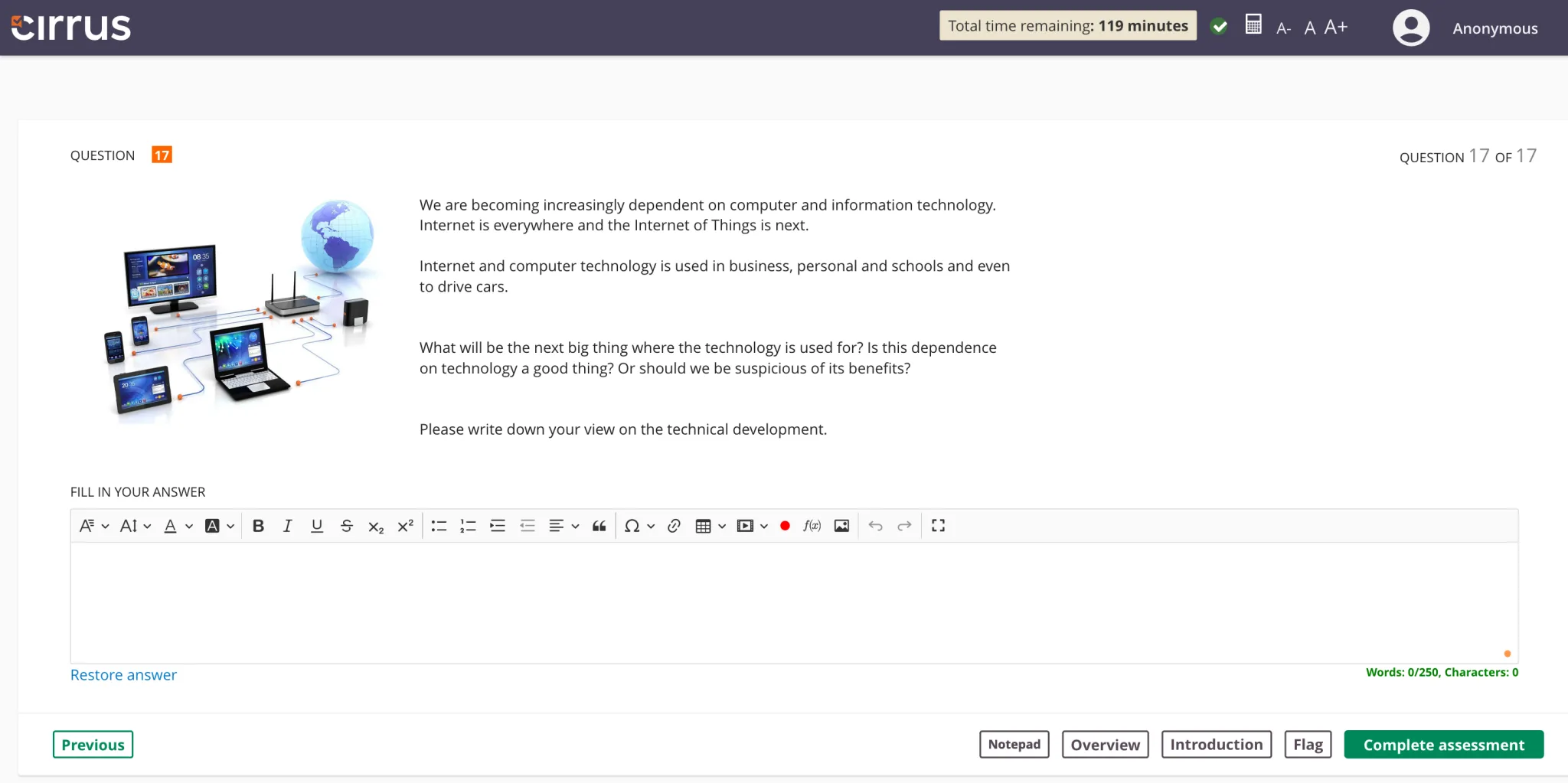
In this example, between a collaboration between Cirrus Assessment and AKAD University, a titan in the flexible online learning space, AKAD is able to not only provide exams anytime, anywhere in the world using the Cirrus Blueprint, they are also able to provide detailed and actionable student feedback, complete with personalized learning recommendations and module resources that tackle exactly what they struggle with, truly allowing these students to get the most out of their education.
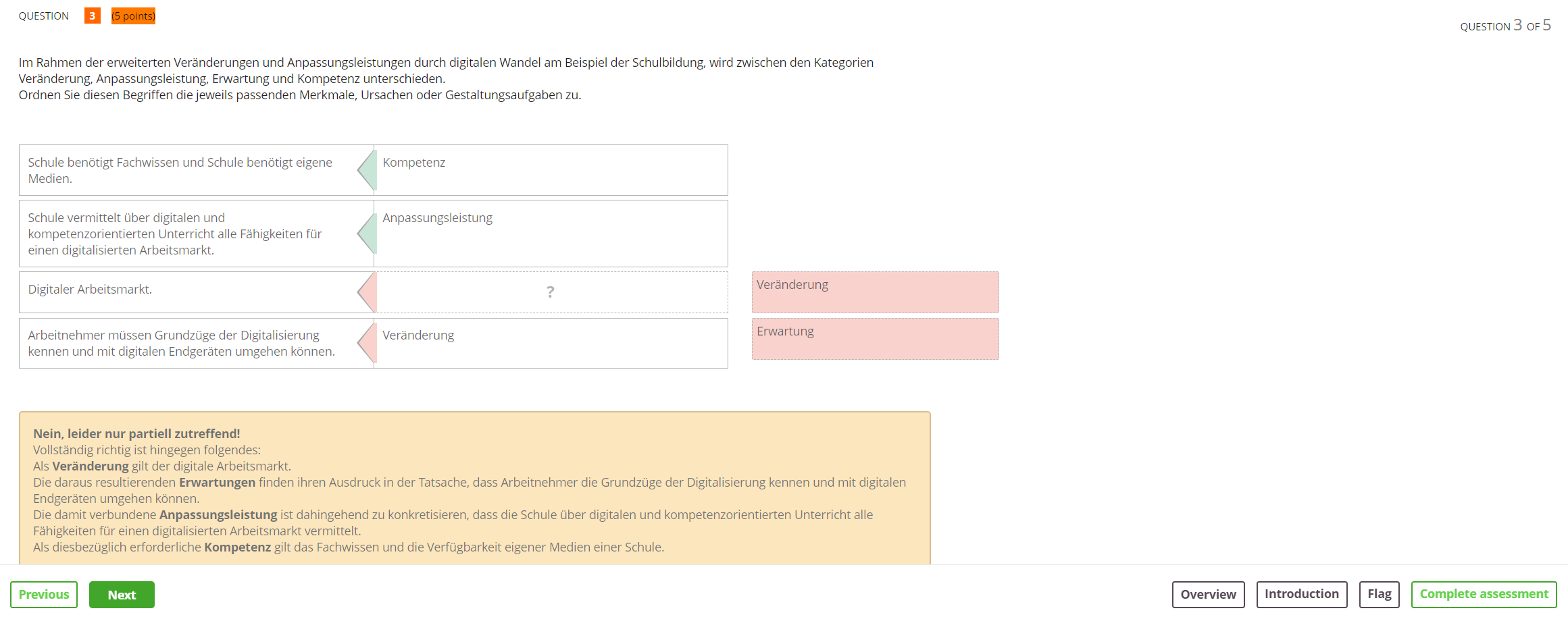
Key takeaway:With e-assessments, feedback isn't just timely; it's tailored, detailed, and actionable, giving students a clear roadmap for improvement—something traditional LMS feedback often lacks.
Handling Larger Numbers: Whether it's for a small classroom or an entire university, e-assessment platforms are built to scale. They can smoothly accommodate a multitude of students taking assessments simultaneously, ensuring no technical glitches or server overloads—a limitation some LMS platforms might struggle with.
Seamless Integration: E-assessments can be integrated with a plethora of educational tools and platforms, from booking to credentialling software and everything in between, meaning that from the moment your students book an exam to the digital badge they receive after passing is all handled by the platform, saving you time and money. This compatibility also means a unified and consistent experience for educators and learners, eliminating the need to juggle multiple tools or platforms.
Streamlined Experience: With intuitive interfaces and straightforward processes, e-assessment tools offer a hassle-free experience for both educators in setting up tests and students in taking them.
Key takeaway:E-assessments are designed for scalability, integration, and ease, making them ideal for diverse educational settings, outpacing the often compartmentalized experience of LMSs.
Cheating Prevention: E-assessment tools come equipped with advanced proctoring methods, such as lockdown browsers or camera monitoring, ensuring the integrity of the test-taking process. This level of vigilance is something not all LMS platforms can boast. With the rise of ChatGPT and other AI methods that could be used to cheat, the focus on security couldn’t be any sharper, but luckily for educators, e-assesment software come armed to the teeth.
Secure Data Handling: Privacy is paramount, and e-assessment platforms prioritize this. With encrypted data storage and stringent privacy compliance measures, both educators and students can rest assured that their information is safe.
Key takeaway:With top-tier security and cheat-prevention measures, e-assessments uphold the sanctity of the learning and evaluation process.
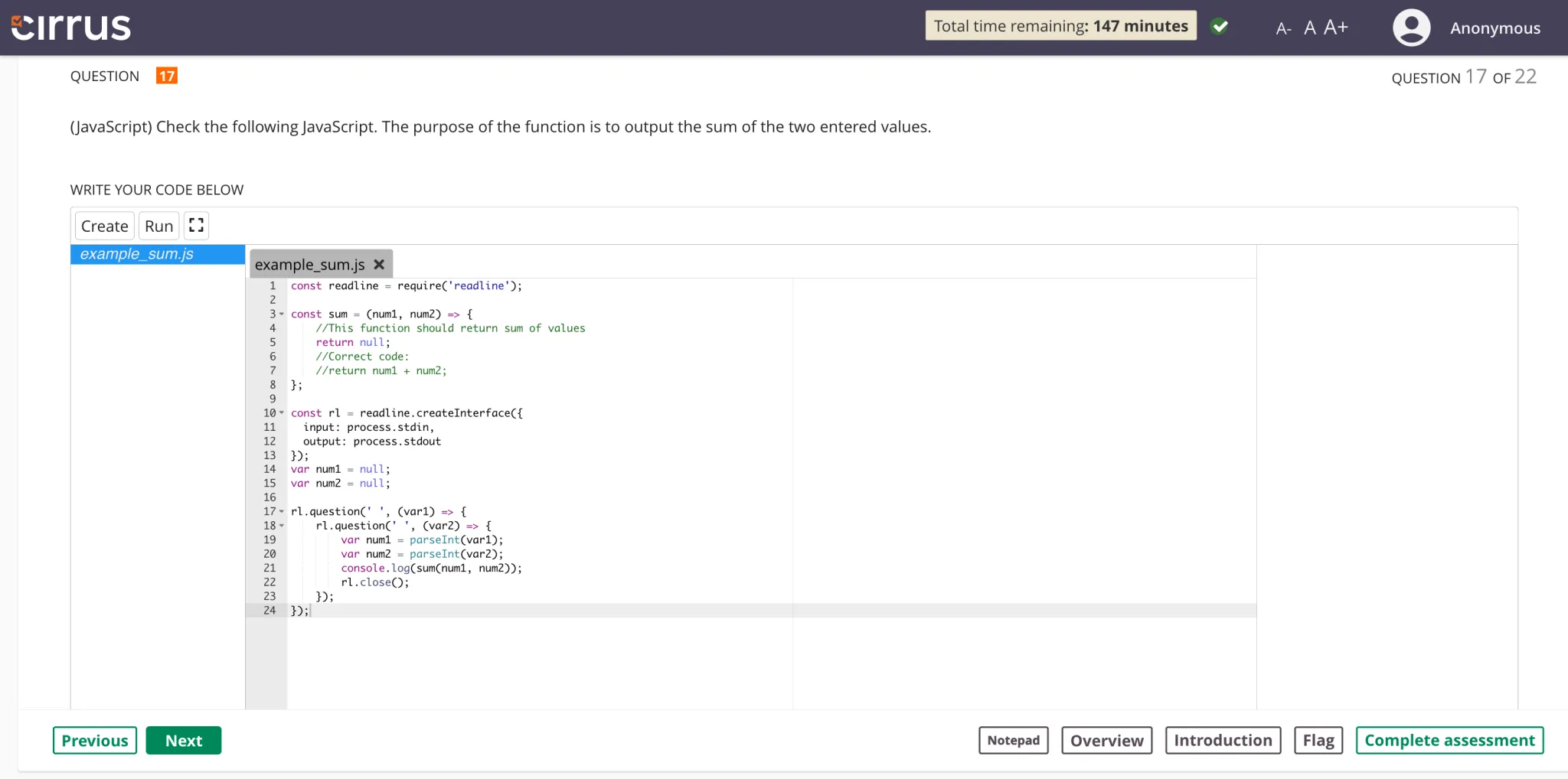
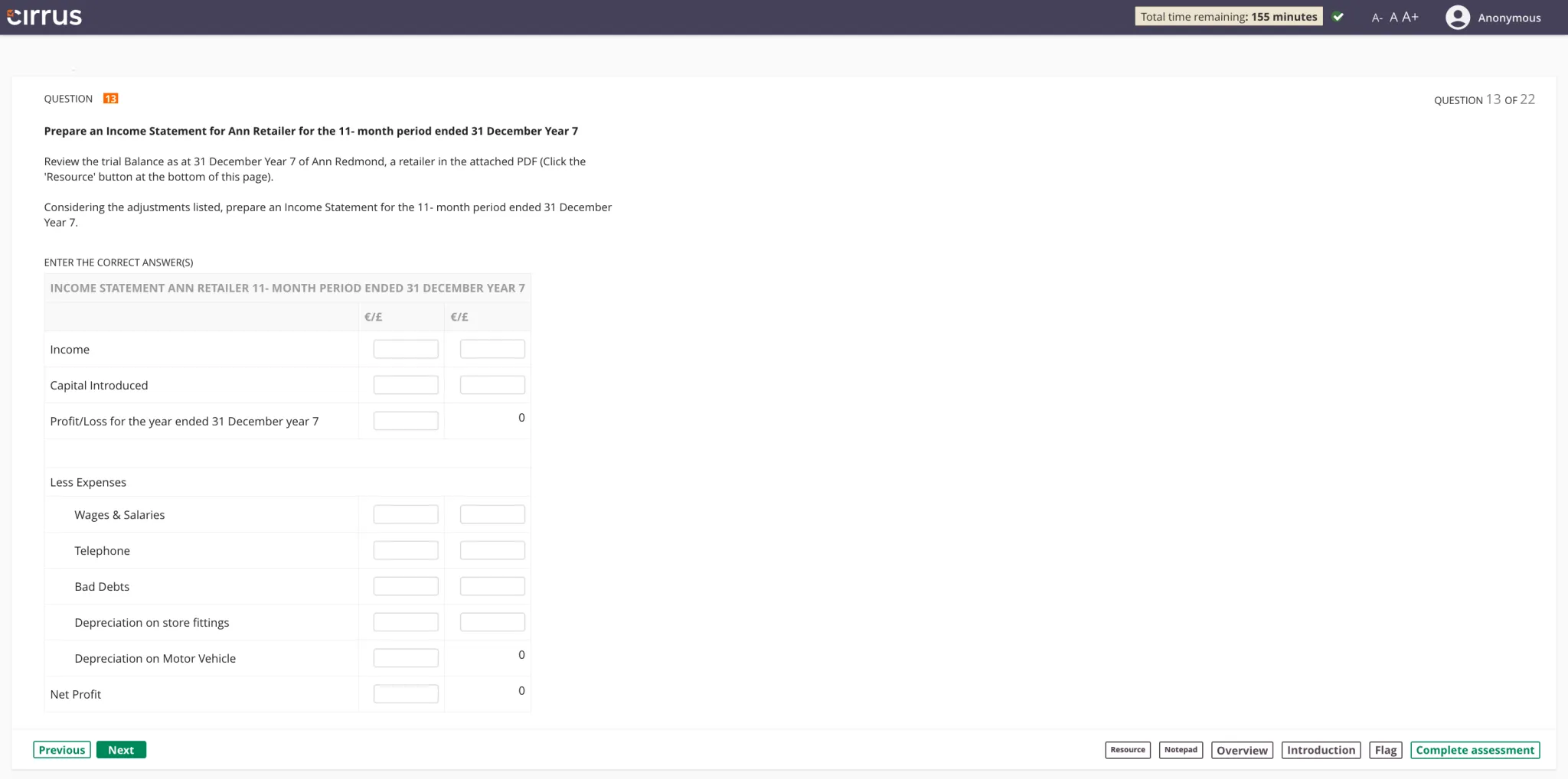
This flexibility ensures a better representation of the material and a more comprehensive understanding of the test-taker's grasp of the subject. Everything from high-level mathematics questions to coding to financial question types can all be done with intelligent auto-scoring that takes process into account. For example, if a student is solving a calculus question and gets the majority of the steps correct but ends up with the wrong answer, they will still receive partial credit. For example, Cirrus Assessment offers an native integration with STEM learning platform SOWISO for very high-level mathematics and science question types that pinpoint exact test-taker knowledge.
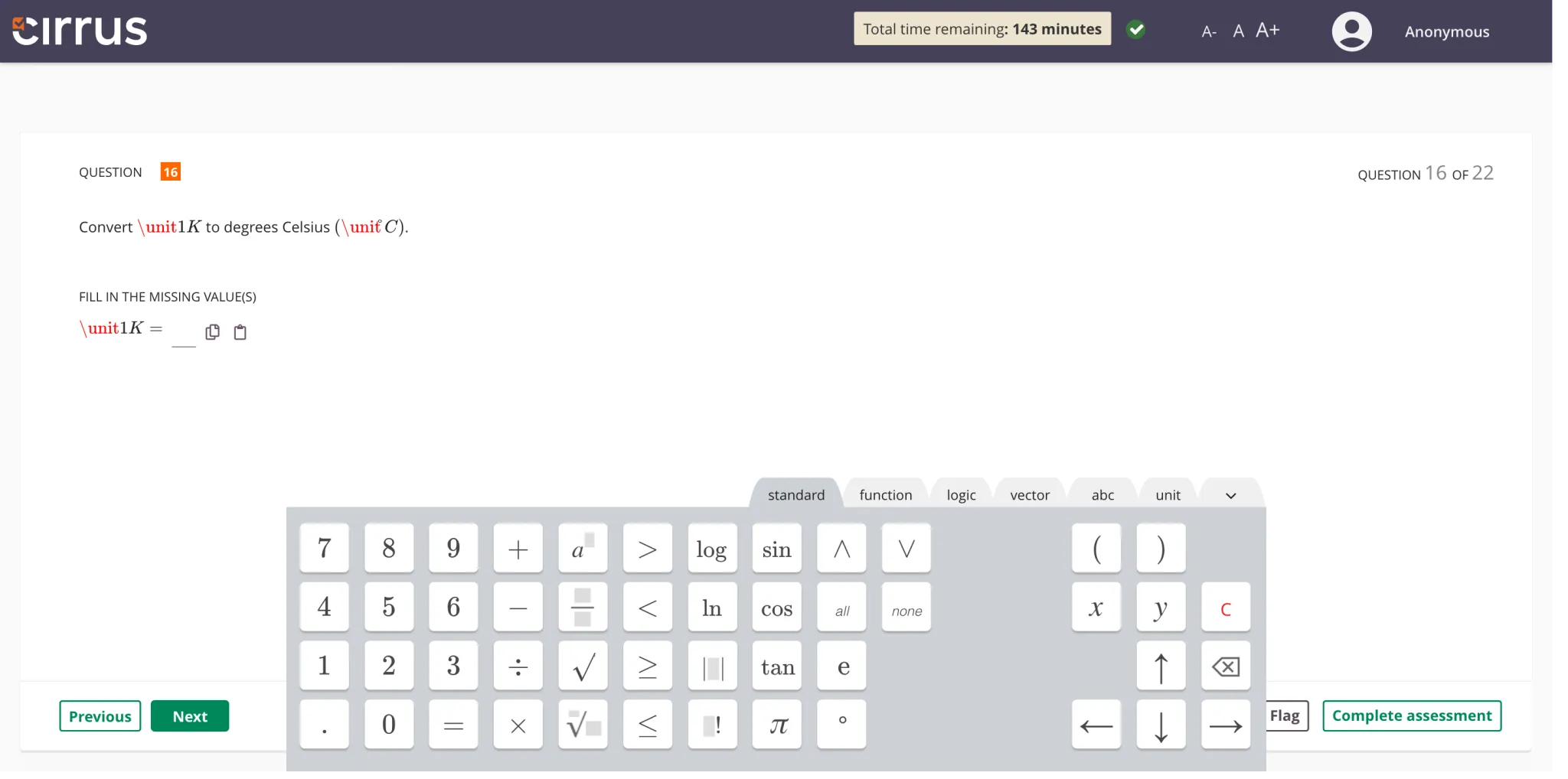
-Improved Engagement Through Interactive Content: Interactive exams, drag-and-drop exercises, and multimedia-integrated questions are just the tip of the iceberg when it comes to the capabilities of e-assessment. Gamification of exams keeps test-takers engaged and makes assessment an active rather than passive experience. LMS platforms, in contrast, can be relatively static in their approach. For example, in Cirrus Assessment, The Hotspot question type primarily assesses a learner’s recognition and spatial understanding, aligning with the "Understand" and "Apply" tiers of Bloom’s taxonomy. It’s particularly effective in subjects like medicine, geography, biology, engineering, and any field where visual identification is key.
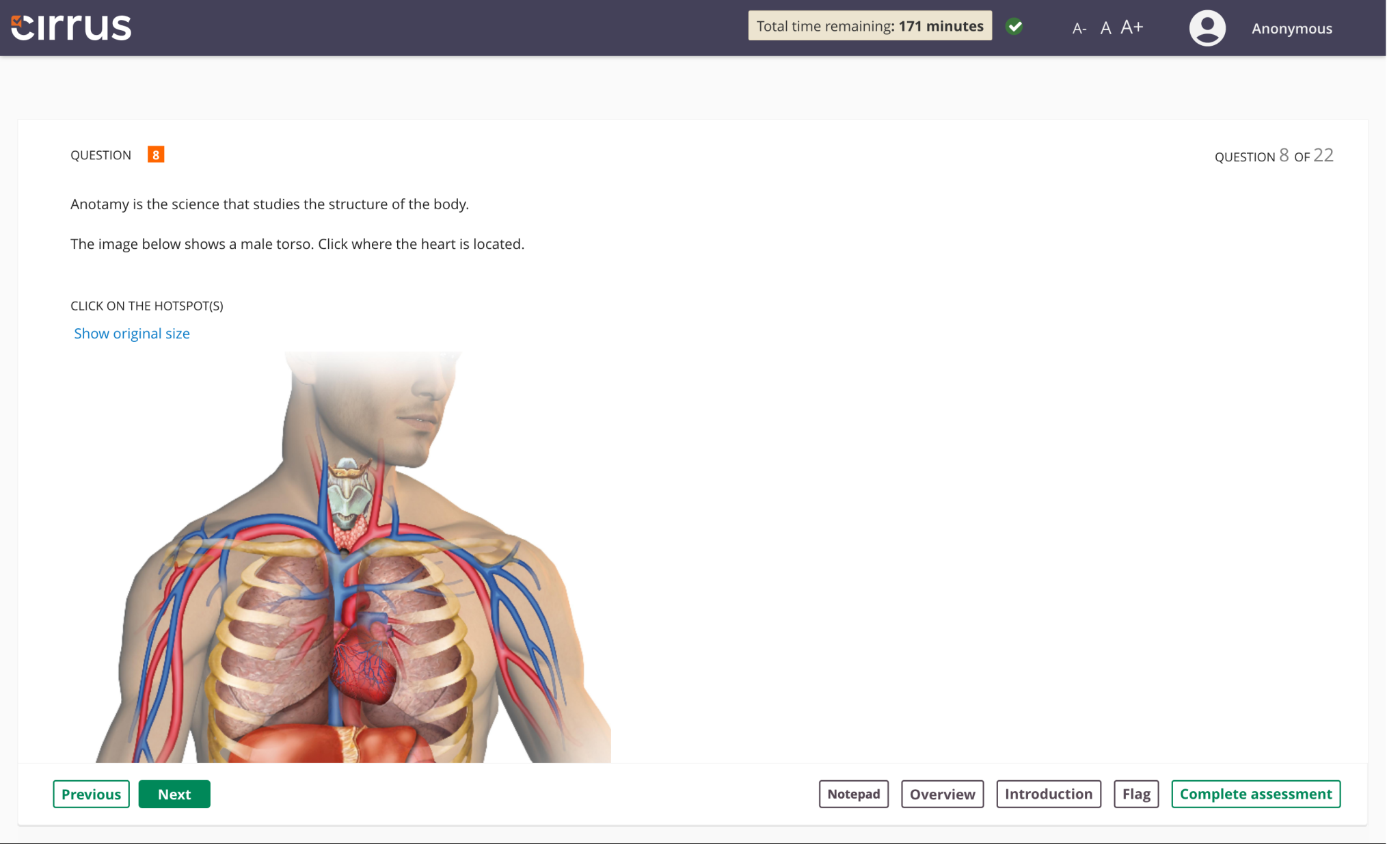
Key takeaway:E-assessment tools are a haven for educators seeking versatility, engagement, and depth in their testing approach, clearly outperforming the more traditional formats found in many LMS platforms.
-Accessibility Features: E-assessment tools are designed with inclusivity in mind. Features such as screen readers, font adjustments, or alternative content formats ensure that individuals with disabilities have equal access to assessments.
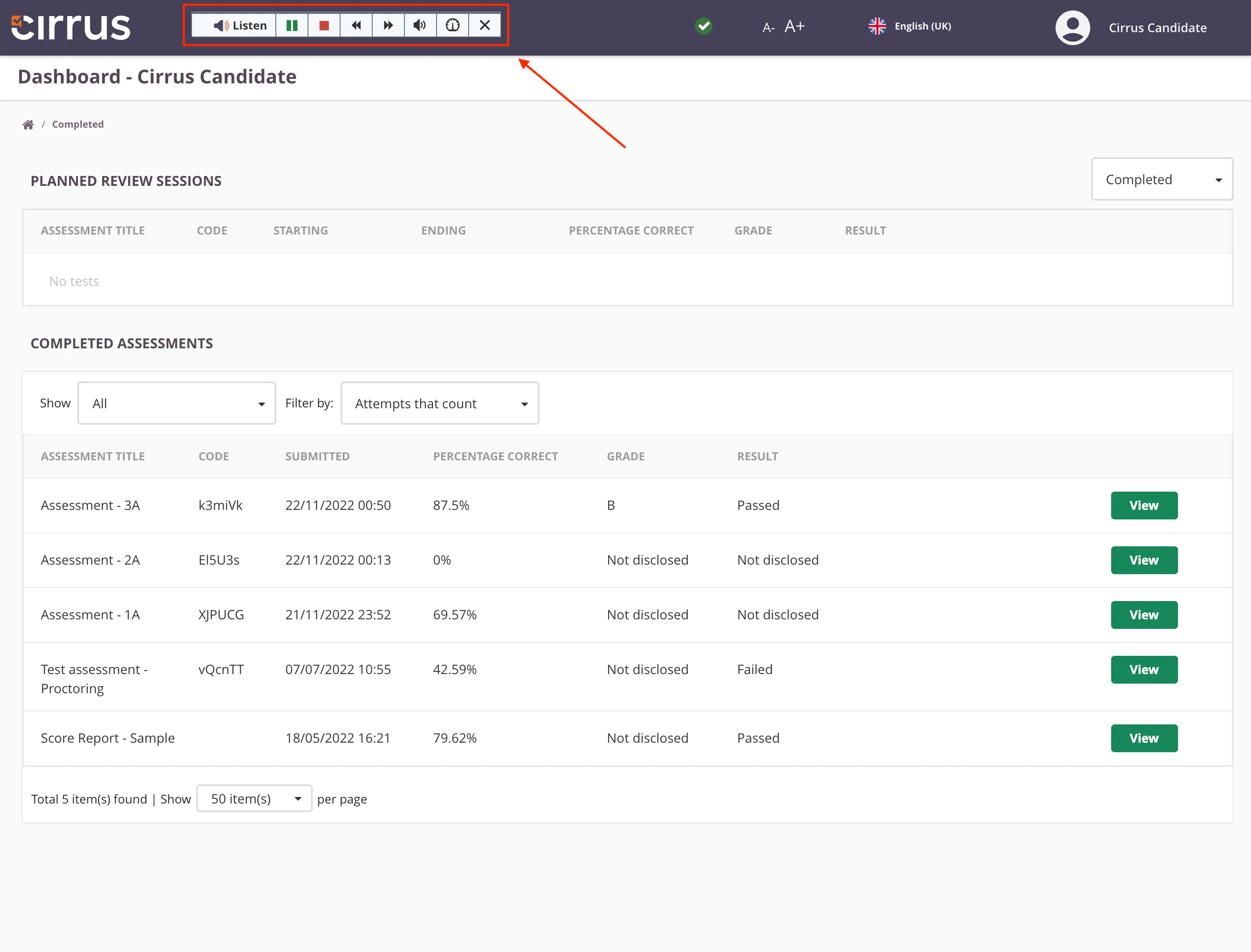
Key takeaway:In the realm of accessibility and inclusivity, e-assessment platforms are pioneers, ensuring that every student has an equitable and tailored learning experience, something many traditional LMSs are still catching up with.
Transitioning from traditional LMS testing to a more comprehensive e-assessment tool can seem like a daunting task. But with a clear roadmap, you can navigate this transition with ease. Here's your step-by-step guide to making the shift.
-Research Potential E-Assessment Platforms: Don’t just take our word for it - do your own research. Dive into the specifics of available e-assessment platforms. Look into features, strengths, limitations, and reviews from other institutions.
Evaluate Your Current LMS: Assess the strengths and weaknesses of your existing LMS's testing capabilities. Are there features you love and want to retain, or pain points you're hoping to address?
Conduct a Cost-Benefit Analysis: While transitioning might be an investment, understand the long-term value and enhancements an e-assessment platform can bring.
Review Your Curriculum: Identify which courses or subjects might benefit the most from e-assessment capabilities.
Set Clear Objectives: Define what you hope to achieve with the new tool. It could range from more diverse testing options to quicker feedback cycles or advanced analytics.
Check Technical Compatibility: Ensure the chosen platform will work seamlessly with your institution's tech infrastructure.
Run a Gap Analysis: Pinpoint the challenges with your current LMS testing and identify how an e-assessment platform can resolve these.
Engage Stakeholders: Hold discussions with educators, students, and administrative staff. Understand their needs, concerns, and hopes for the new system.
Vision Setting: With the feedback received, set a clear, cohesive vision for the transition. Ensure this vision aligns with the long-term goals of the institution.
Start Small with Pilot Testing: Before rolling it out institution-wide, test the e-assessment tool with a small group. This allows for adjustments based on initial feedback.
Invest in Training: Organize workshops and training sessions, ensuring educators are comfortable and adept at using the new platform. This training should be flexible, offered both in-person and virtually, and tailored to various user roles, from administrators to educators. It's through leveraging these robust support services that you can guarantee not only the successful launch of an e-assessment system but also its longevity and continued relevance to educational goals.
Provide Resources: Create a resource hub with documentation, FAQs, and tutorial videos, offering support as educators and students familiarize themselves with the new system.
Support is KEY: Transitioning to e-assessment is no small feat. It's imperative to acknowledge and utilize the comprehensive support services provided by e-assessment platform providers. These providers, particularly the more advanced ones, offer an array of essential services, training and support that will be critical to ensuring a smooth and effective transition. Firstly, they assist in the migration of item banks, ensuring that existing assessment content is integrated into the new platform without losing precious (and costly/time consuming).
Beyond this initial integration, the providers offer hands-on implementation guidance, ensuring that your LMS and e-assessments systems are set up in alignment with best practices and tailored specifically to our unique requirements. This customization is paramount, as it ensures that educators and students experience a platform that truly resonates with their needs.
** If you’re curious about e-assessment implementation done right, check out this case study between University of Pretoria and Cirrus Assessment*
Consult IT Specialists: If integrating with an existing LMS, get the IT team involved early to ensure seamless data exchange and integration.
Test Integration: Once integrated, test the entire system to ensure everything works harmoniously – from creating assessments in the e-assessment tool to reporting results in the LMS.
Feedback Loop: Even post-integration, maintain a channel for users to provide feedback. This ensures continuous improvement and refinement.
While LMS and e-assessment seem to be competitors initially, they should ideally be used side by side. When it comes to online education, coursework, and formative testing, LMS is king. But when it comes to high-stakes summative testing, e-assessment soars above everything else. It's clear that e-assessment platforms provide a specialized and enhanced approach to evaluating student progress and performance. With their myriad of features and capabilities, e-assessments promise a tailored, efficient, and engaging experience, clearly setting them a notch above traditional LMS testing methods. For institutions seeking to adapt to the digital age, adopting or integrating e-assessments is not just a trend, but a forward-thinking step towards a brighter, more inclusive, and dynamic educational future.
Contributed by Cristina Gilbert from Cirrus Assessment. Cristina is motivated by the fast-paced world of e-assessment and the opportunities online exams give students to thrive.
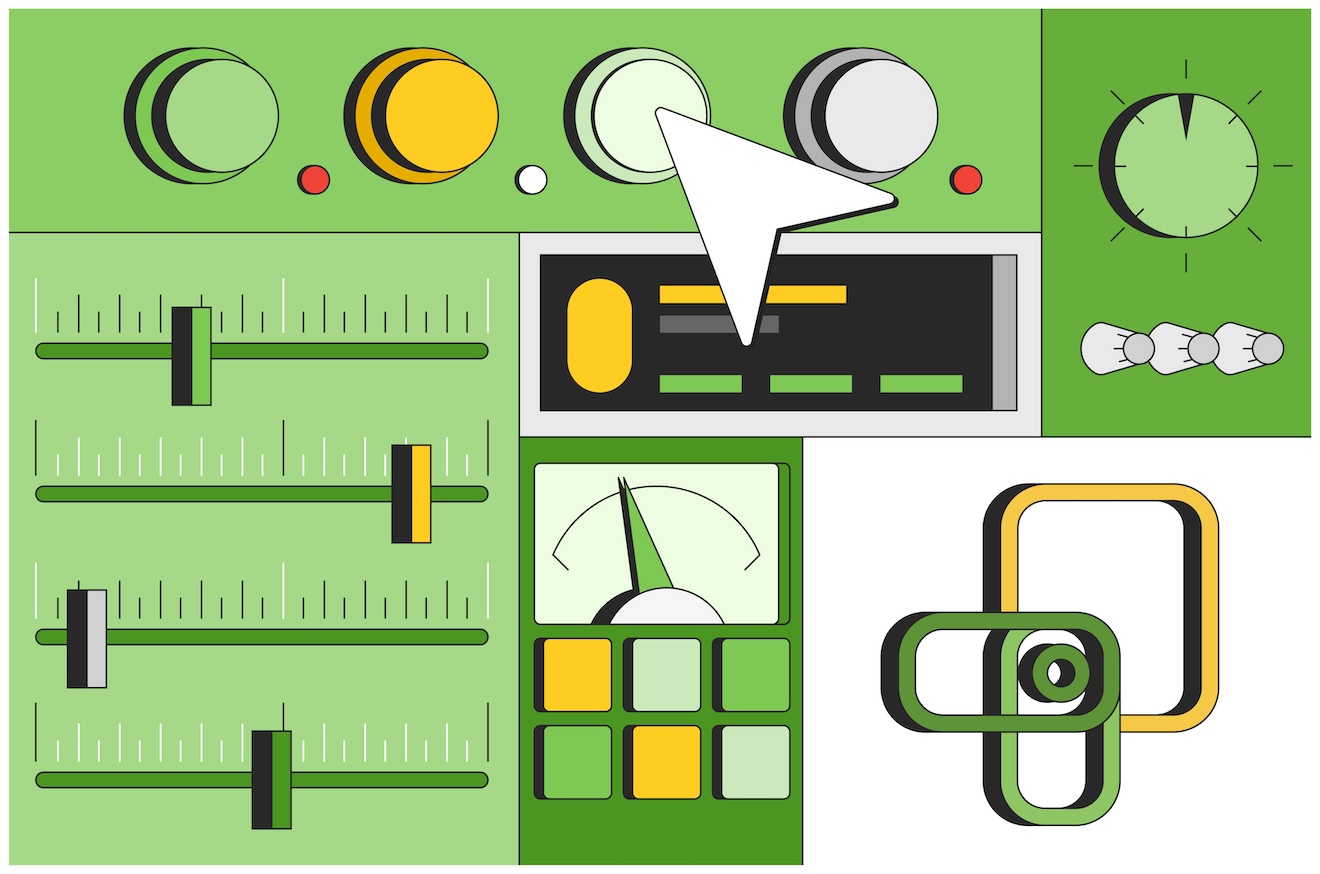
February 13, 2025
ANNOUNCEMENT
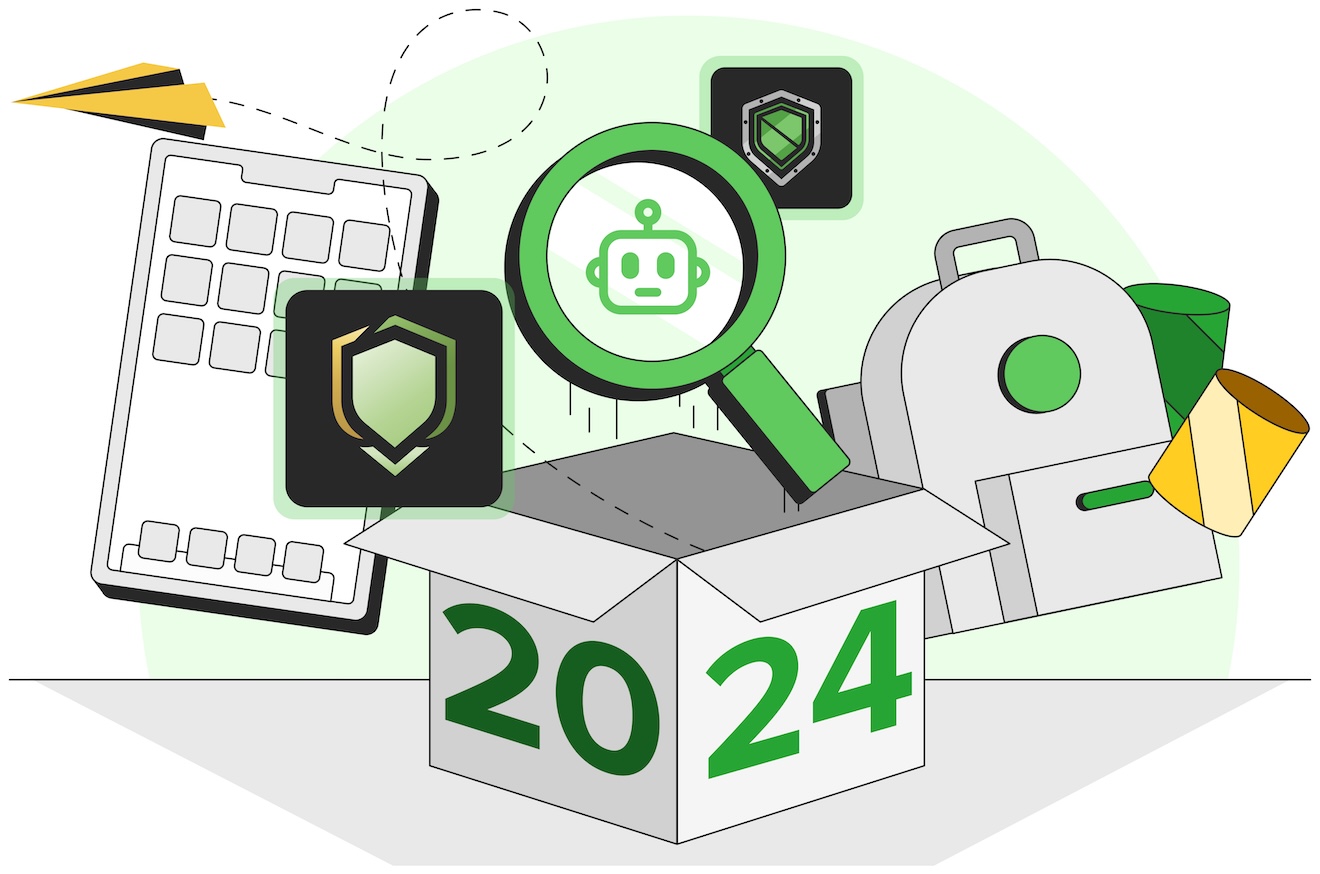
January 21, 2025
ANNOUNCEMENT
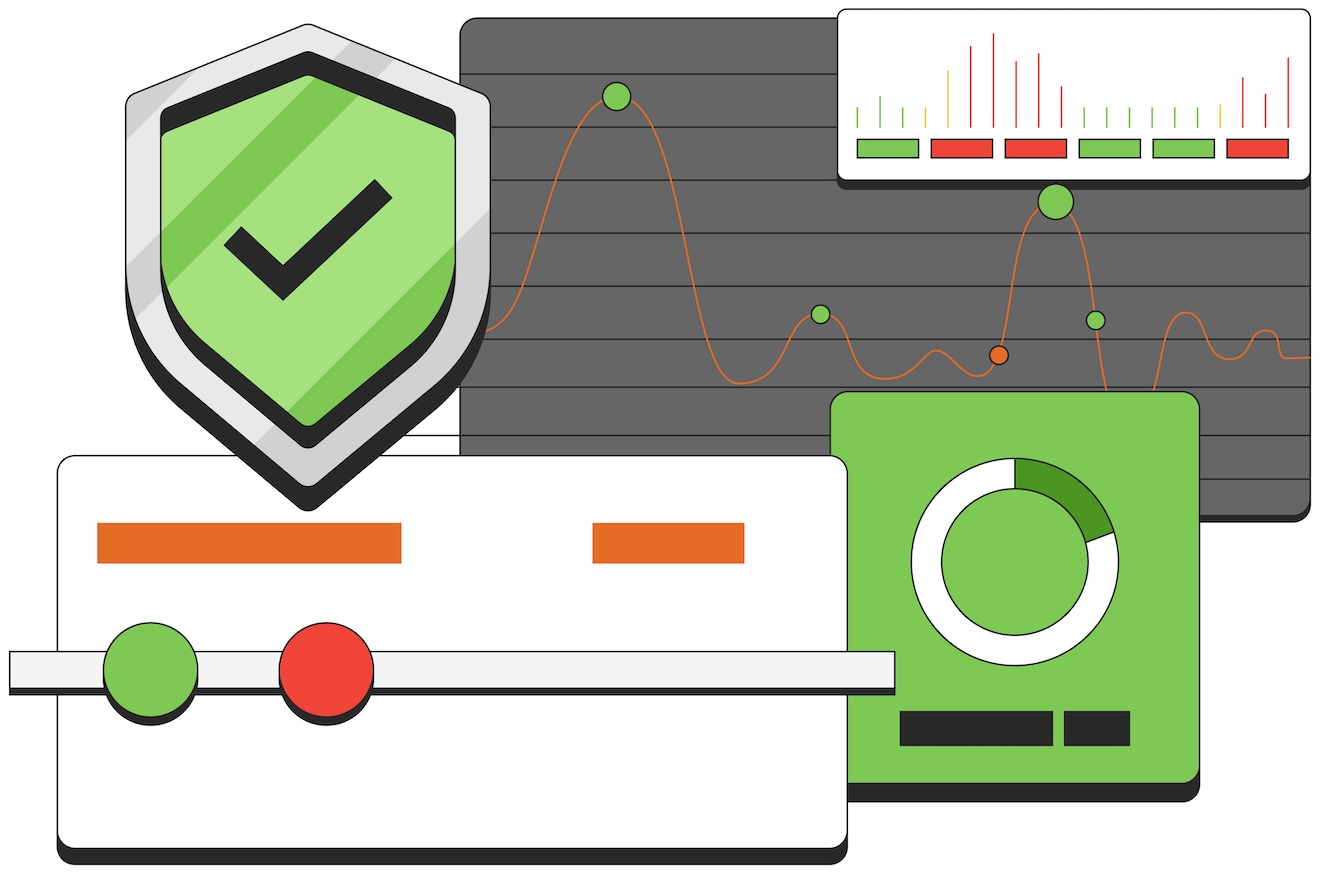
September 17, 2024
ANNOUNCEMENT
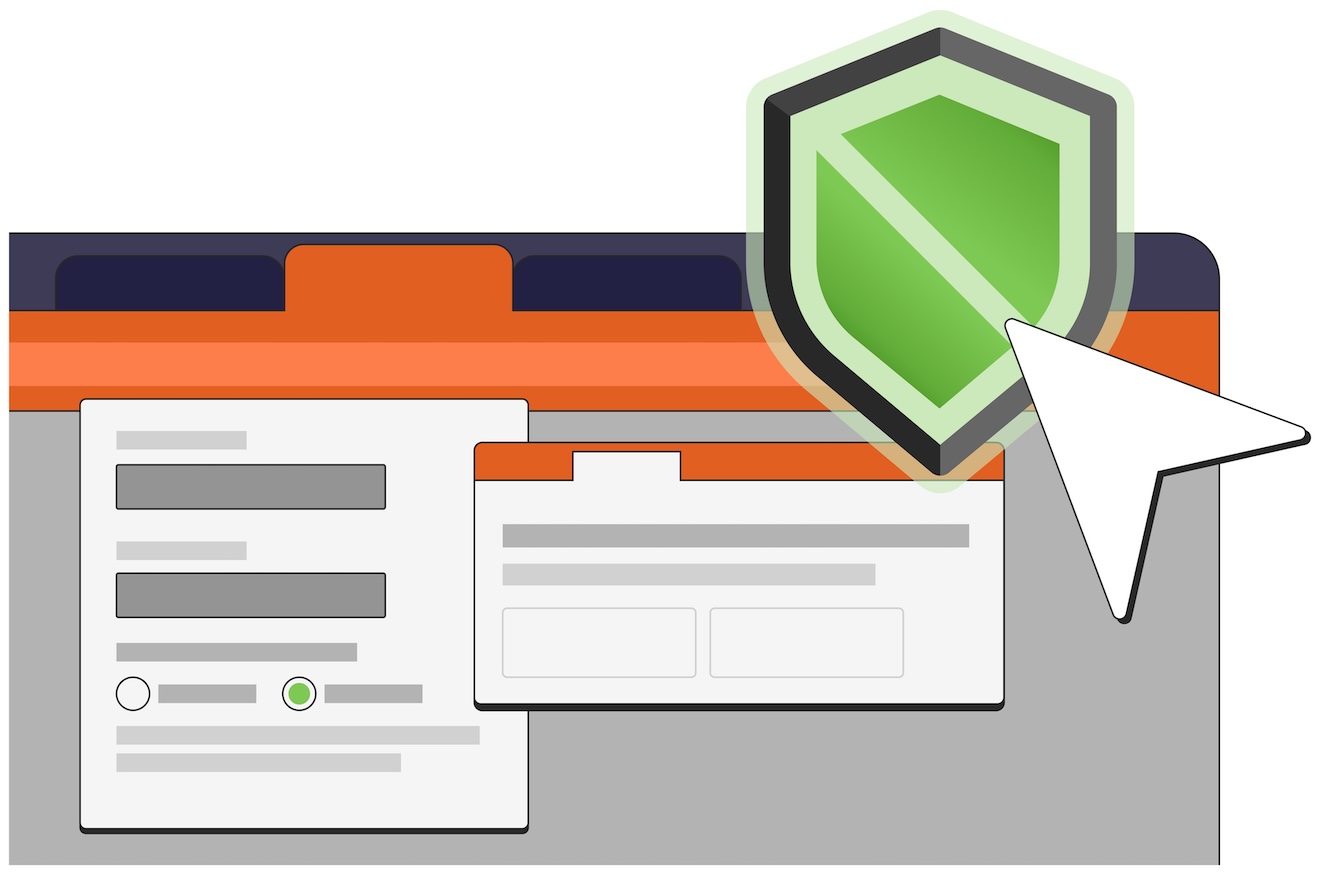
September 3, 2024
ANNOUNCEMENT
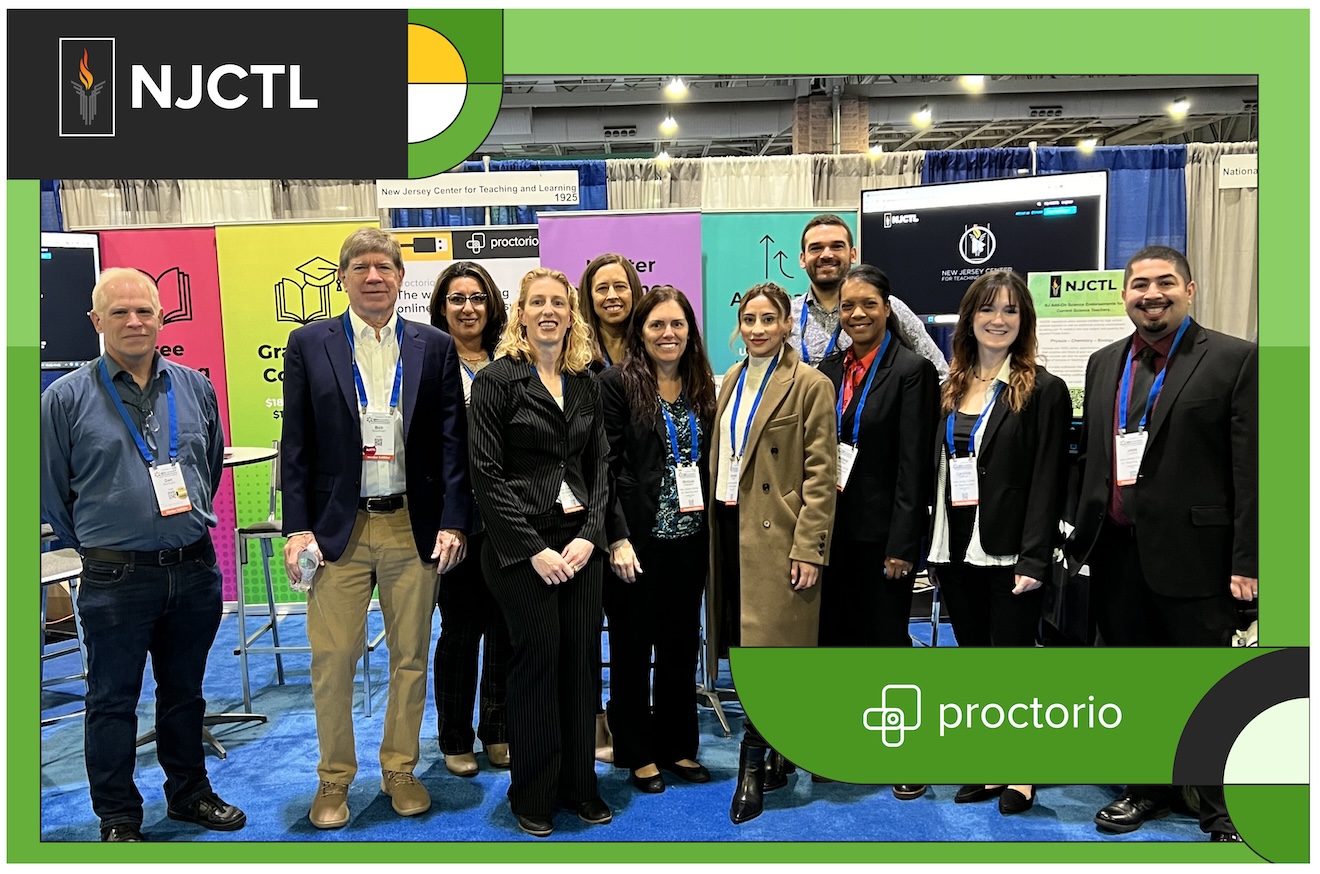
August 21, 2024
ANNOUNCEMENT
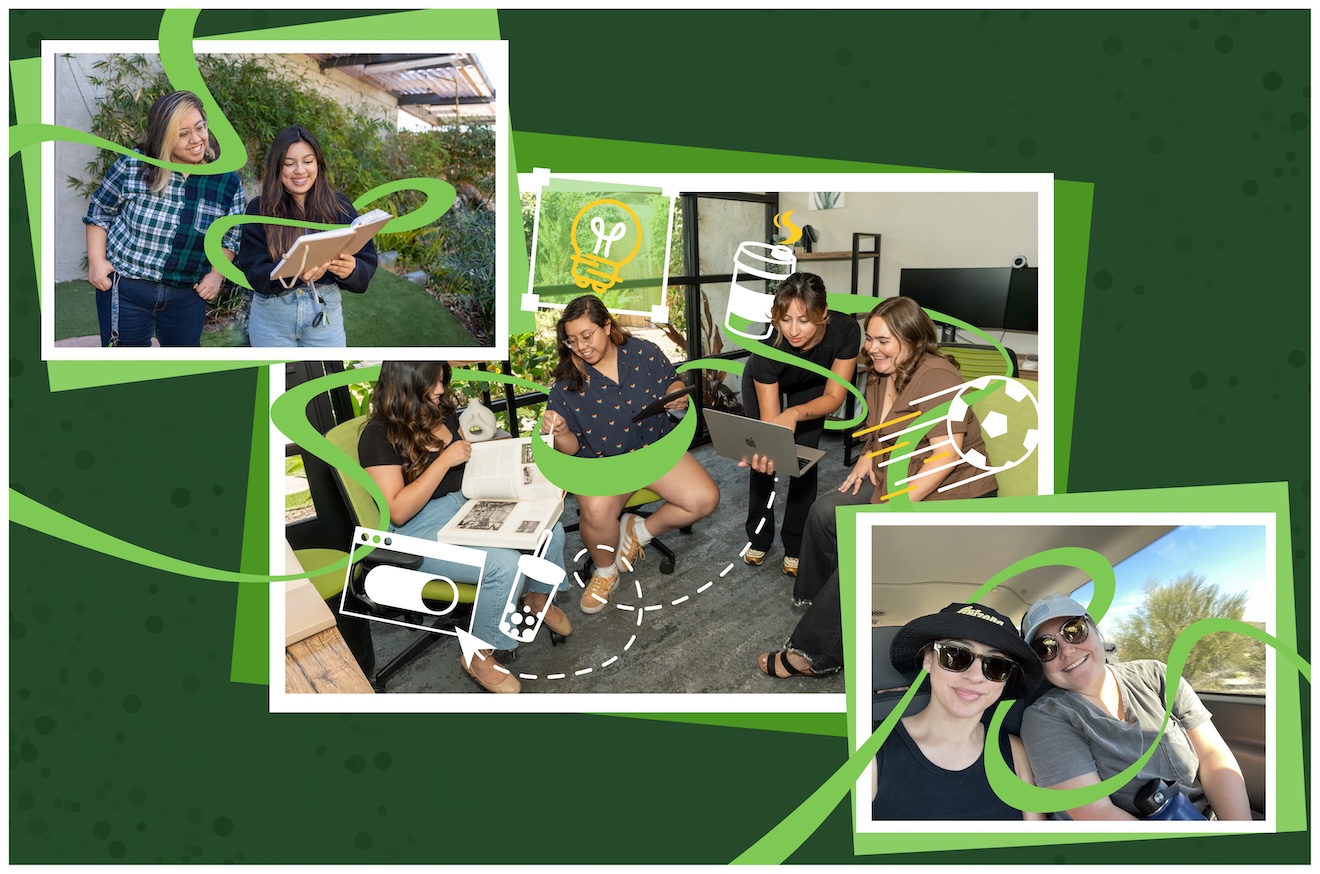
July 12, 2024
ANNOUNCEMENT
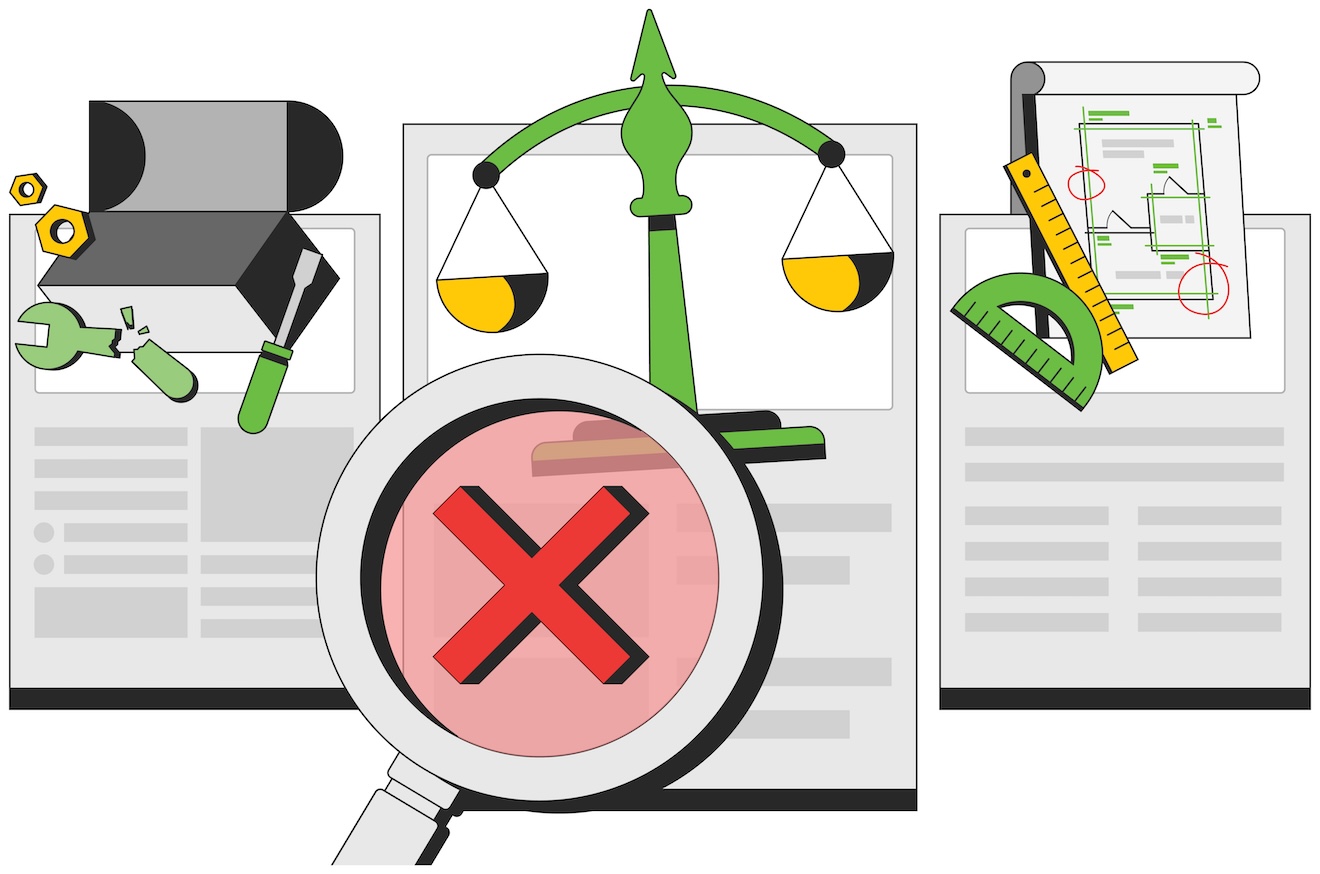
May 3, 2024
ANNOUNCEMENT
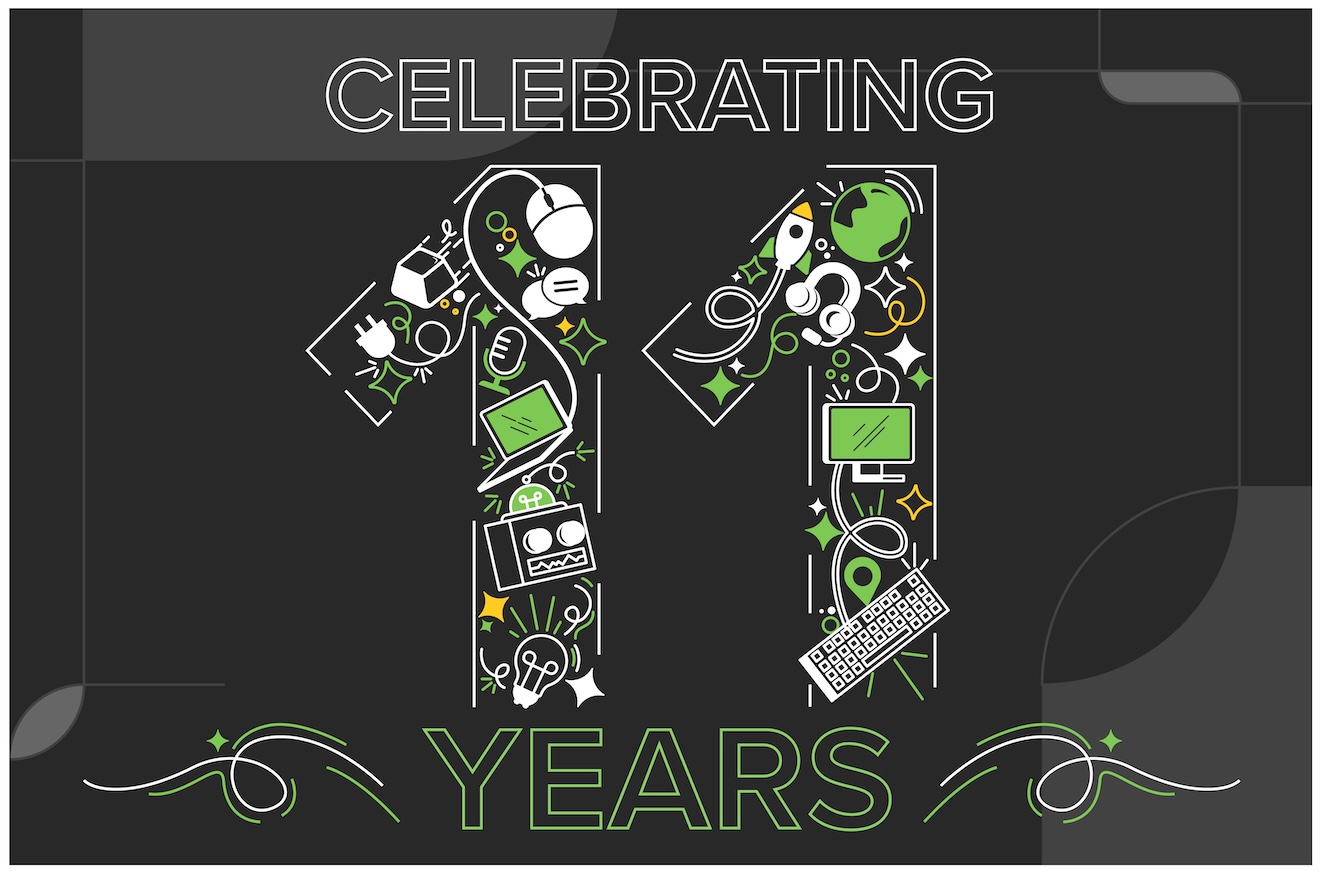
April 26, 2024
ANNOUNCEMENT

April 22, 2024
ANNOUNCEMENT

March 29, 2024
ANNOUNCEMENT

January 11, 2024
ANNOUNCEMENT

November 22, 2023
ANNOUNCEMENT
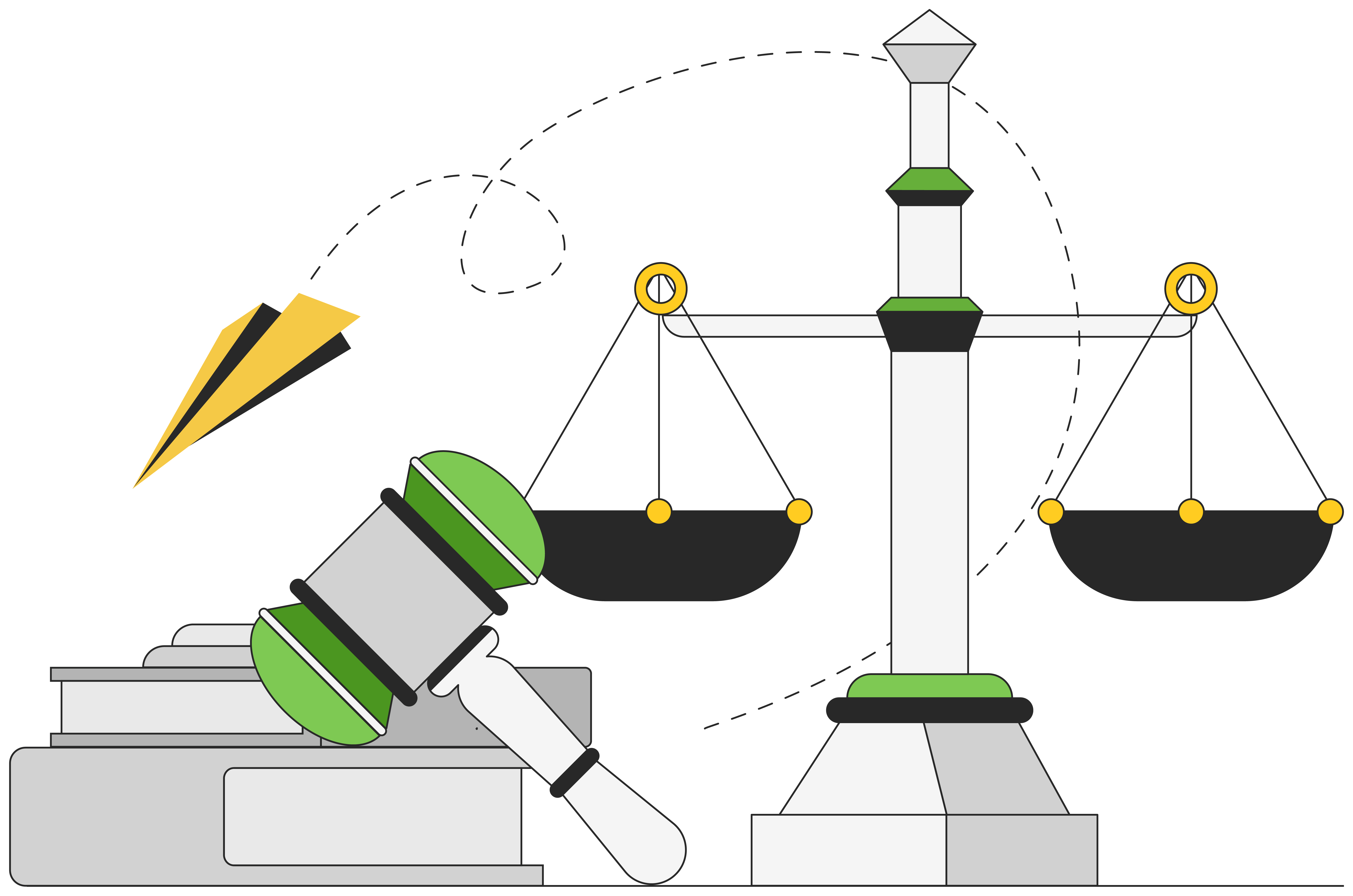
October 20, 2023
ANNOUNCEMENT

October 2, 2023
ANNOUNCEMENT
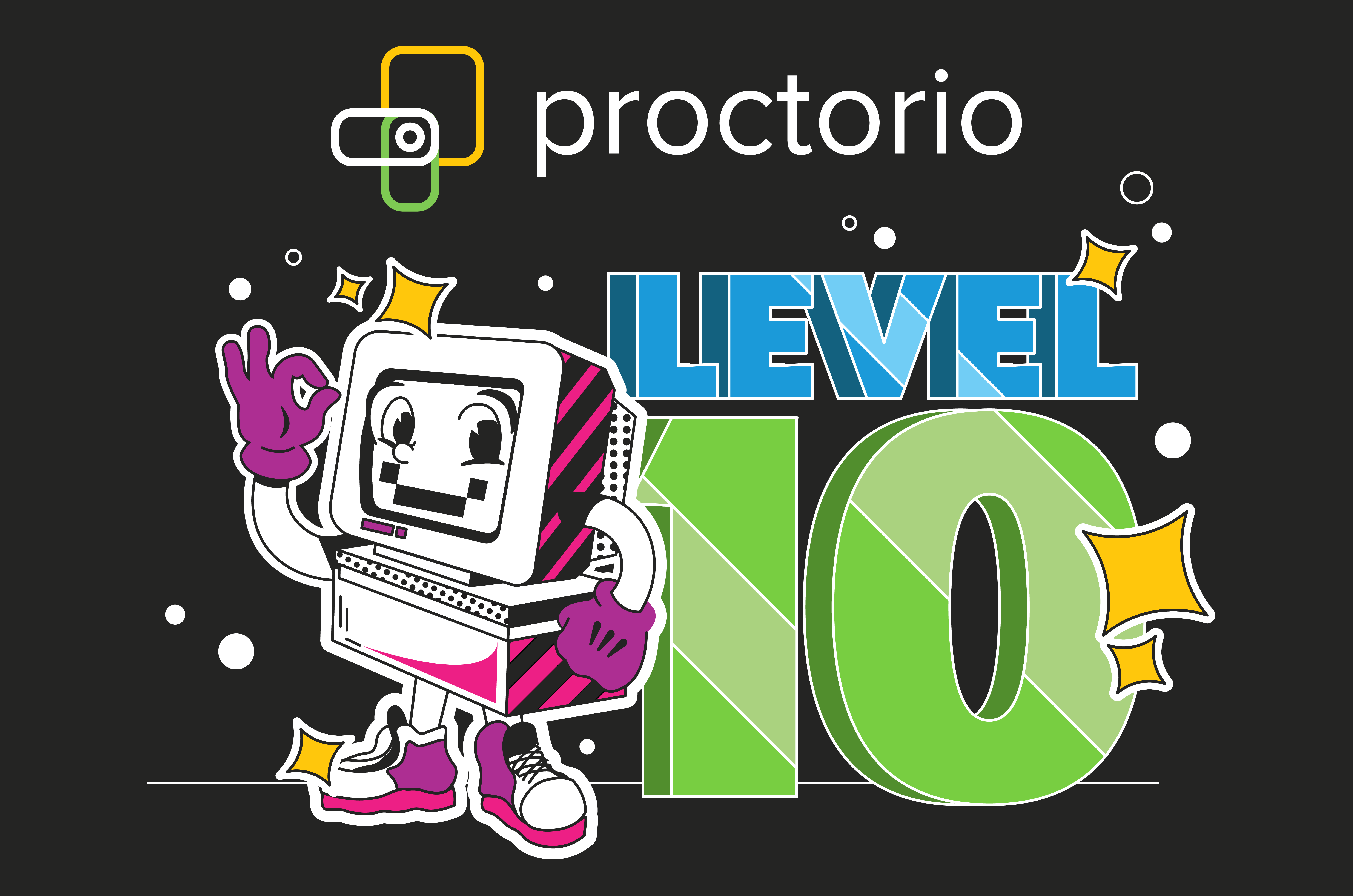
May 5, 2023
ANNOUNCEMENT

April 22, 2023
ANNOUNCEMENT
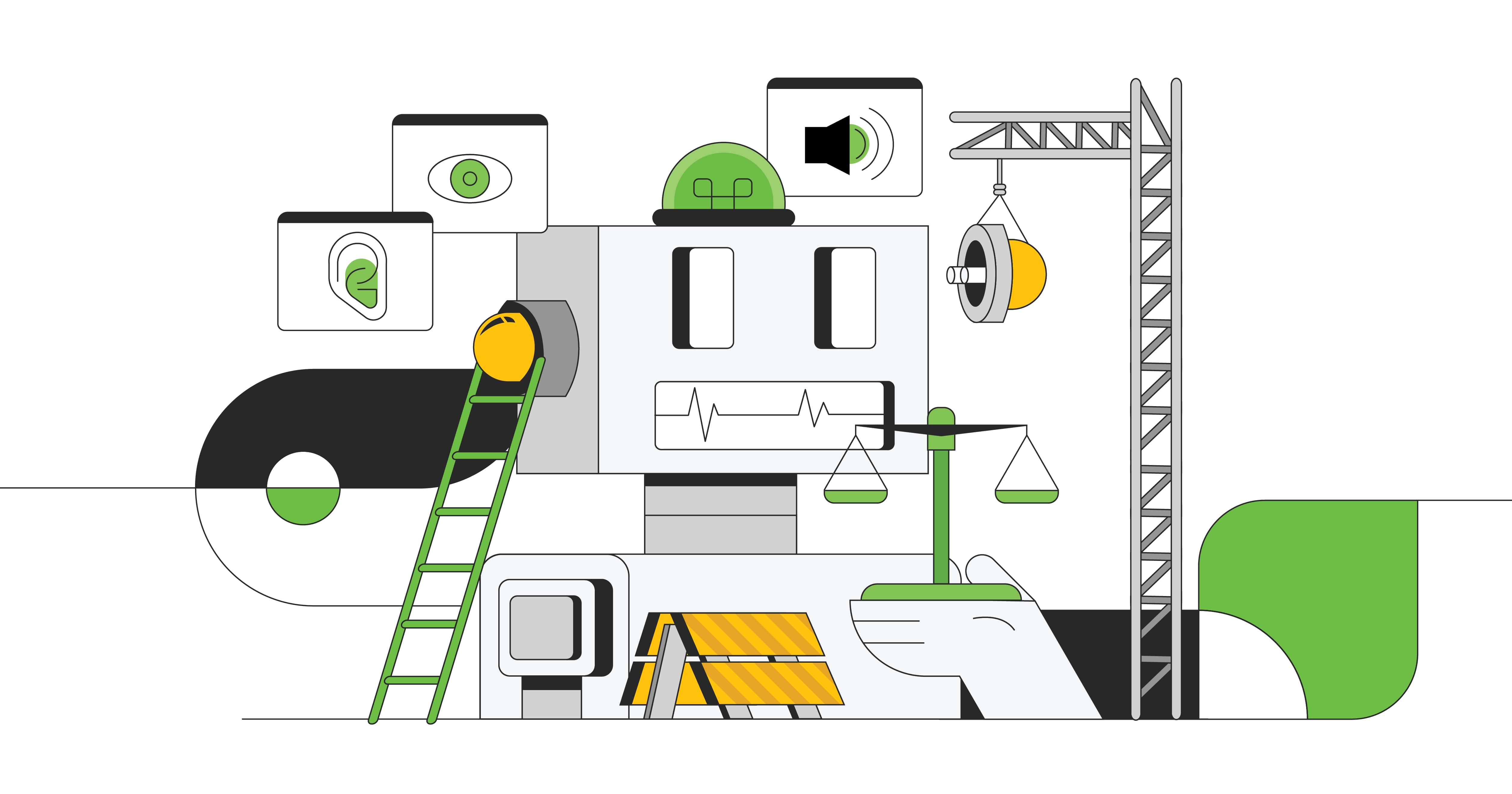
April 10, 2023
ANNOUNCEMENT

October 6, 2022
ANNOUNCEMENT
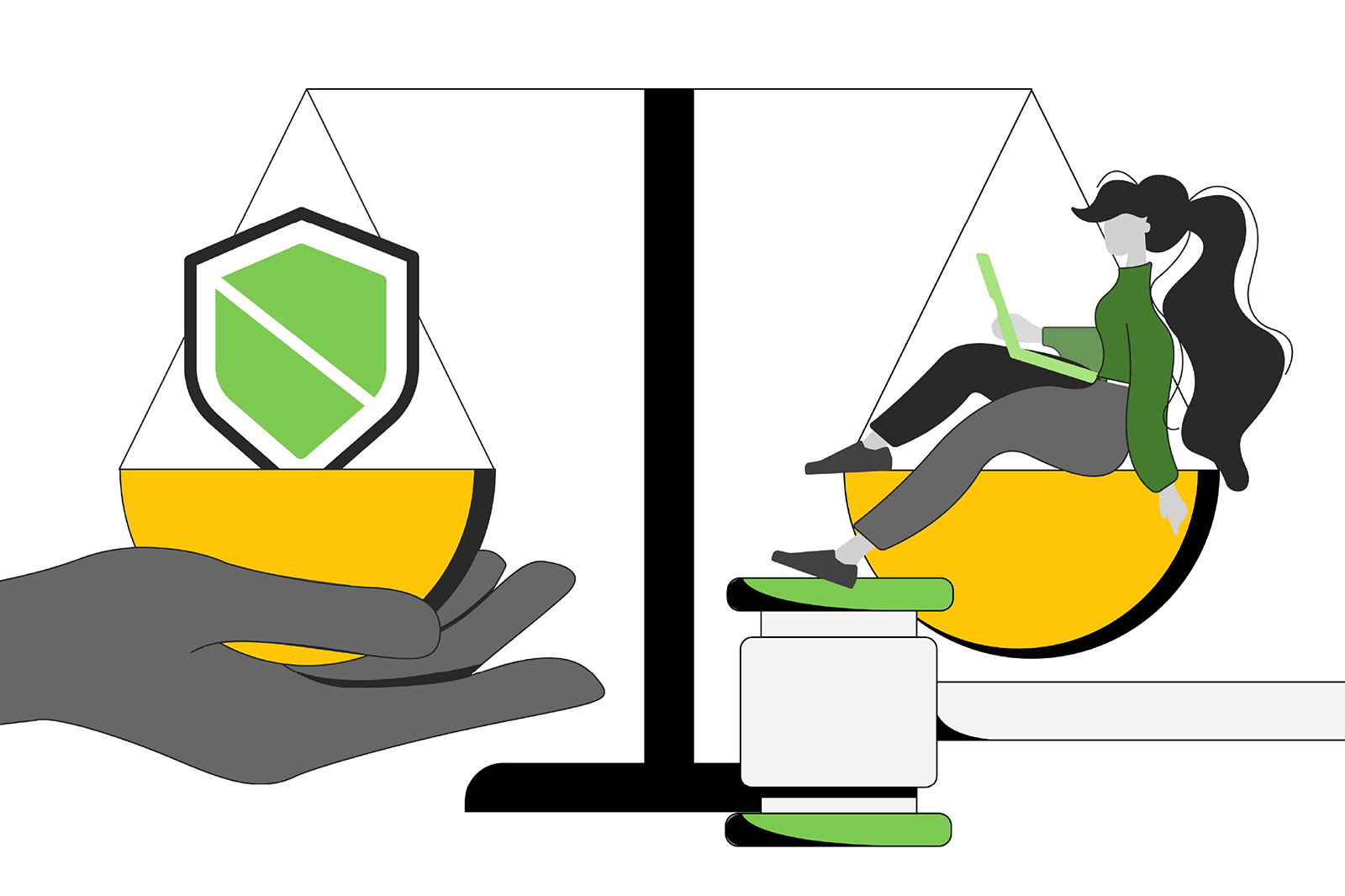
September 30, 2022
ANNOUNCEMENT

September 2, 2022
ANNOUNCEMENT
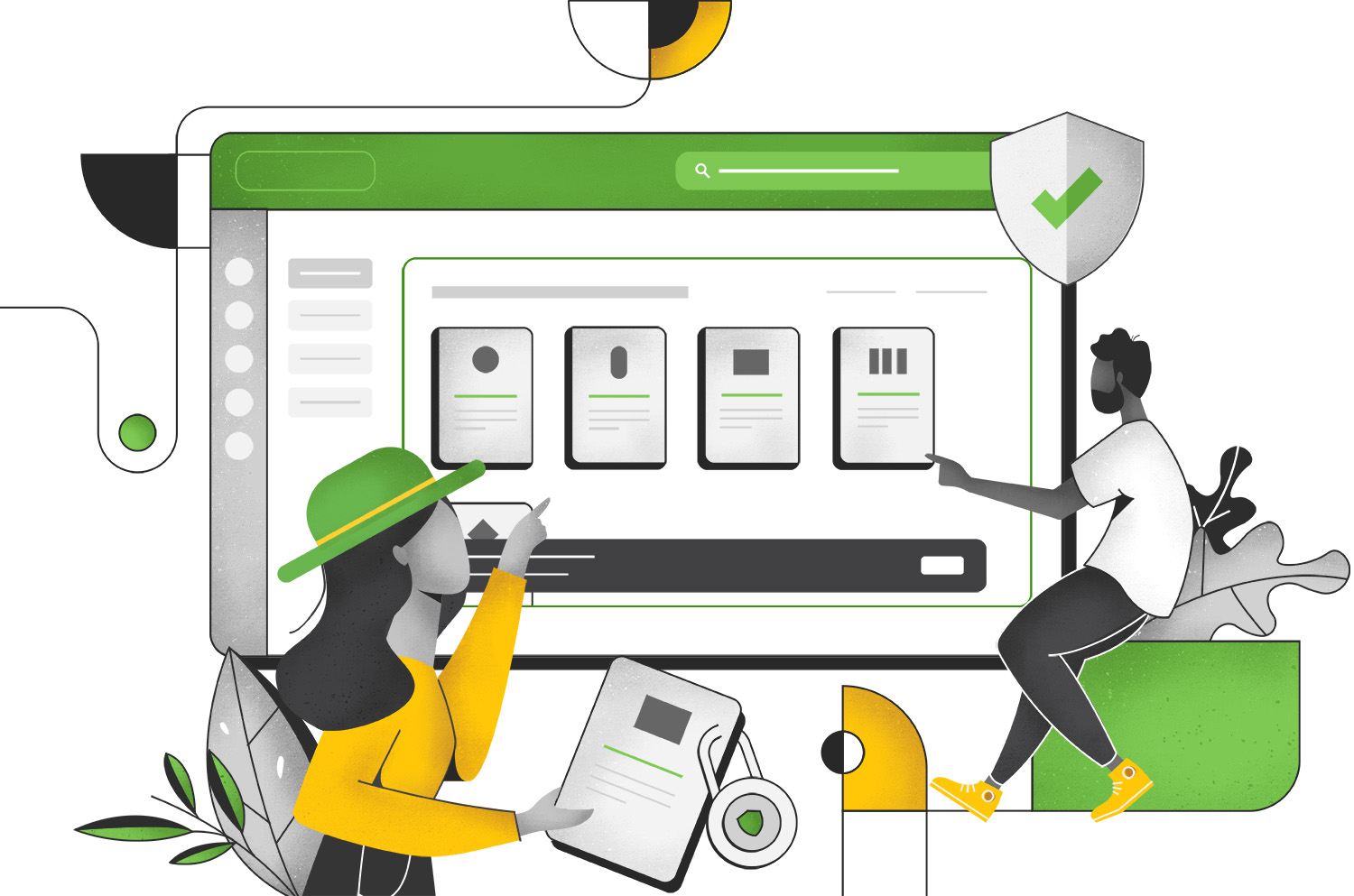
August 24, 2022
ANNOUNCEMENT

April 29, 2022
ANNOUNCEMENT

April 22, 2022
ANNOUNCEMENT

March 25, 2022
ANNOUNCEMENT

March 18, 2022
ANNOUNCEMENT

November 24, 2021
ANNOUNCEMENT

August 24, 2021
ANNOUNCEMENT

July 31, 2021
ANNOUNCEMENT

May 05, 2021
ANNOUNCEMENT

March 10, 2021
ANNOUNCEMENT